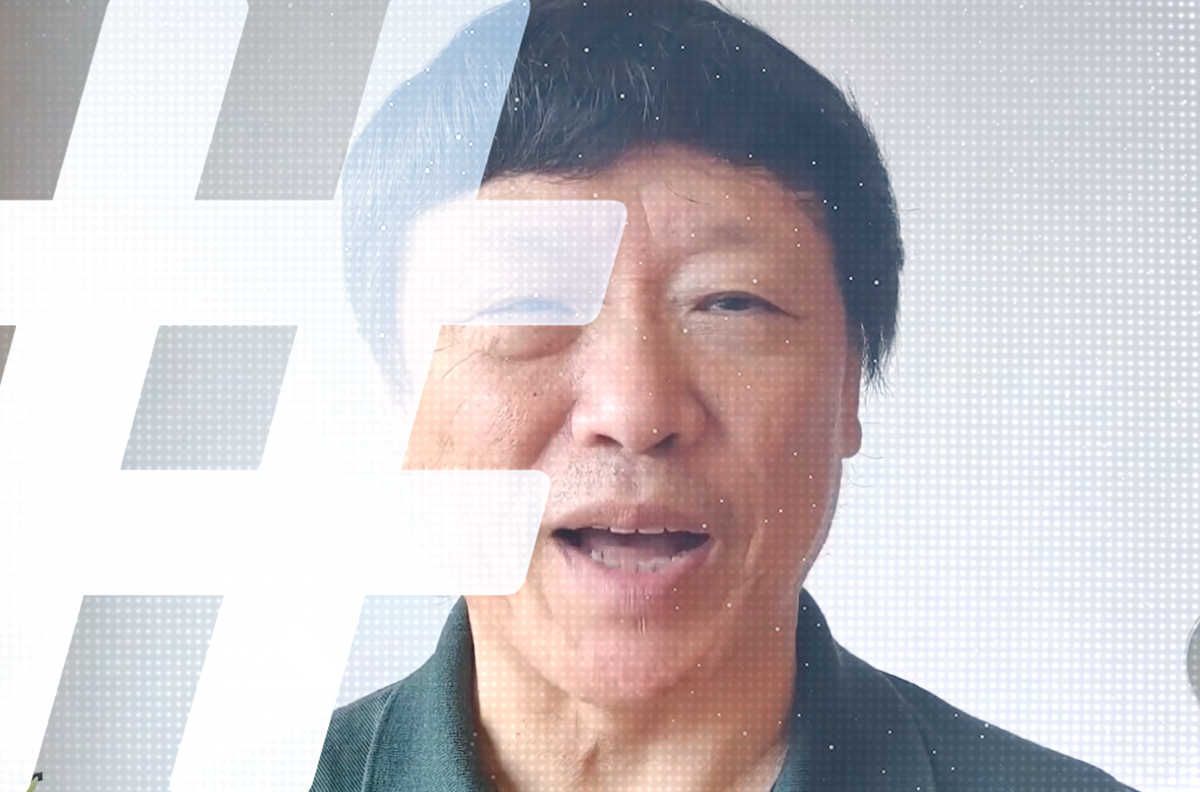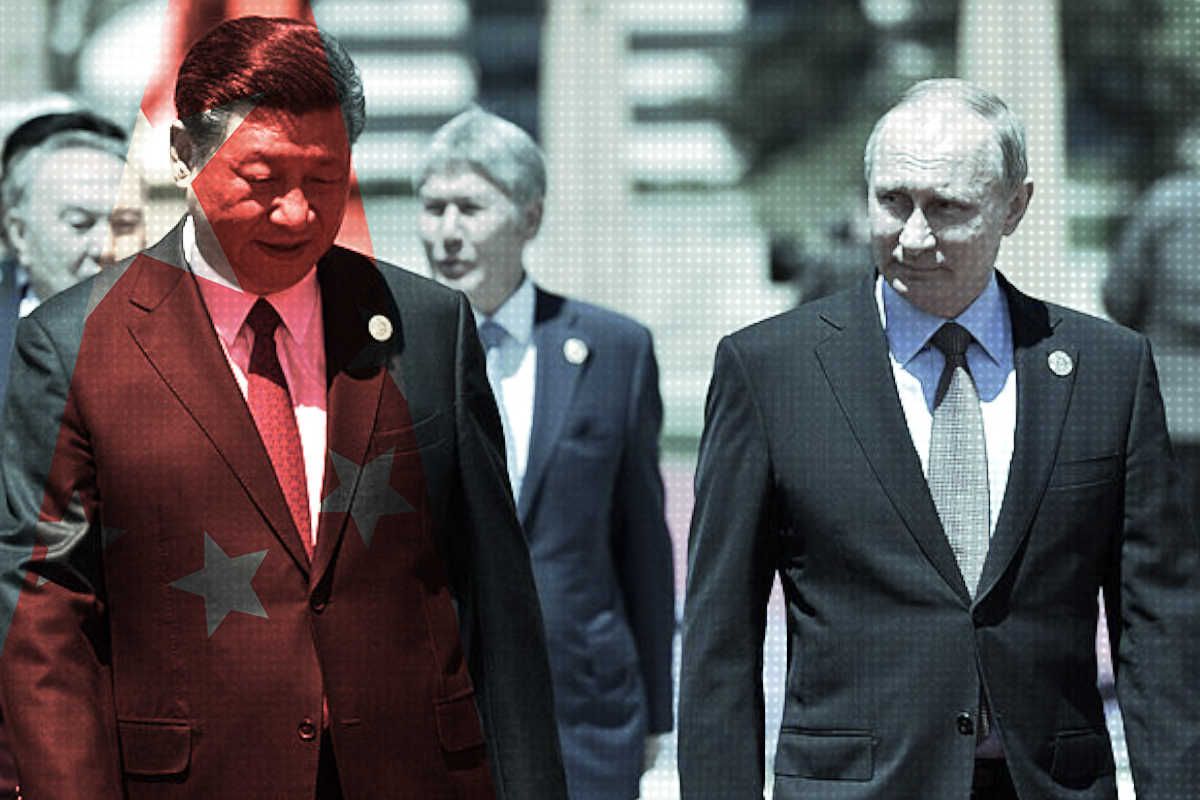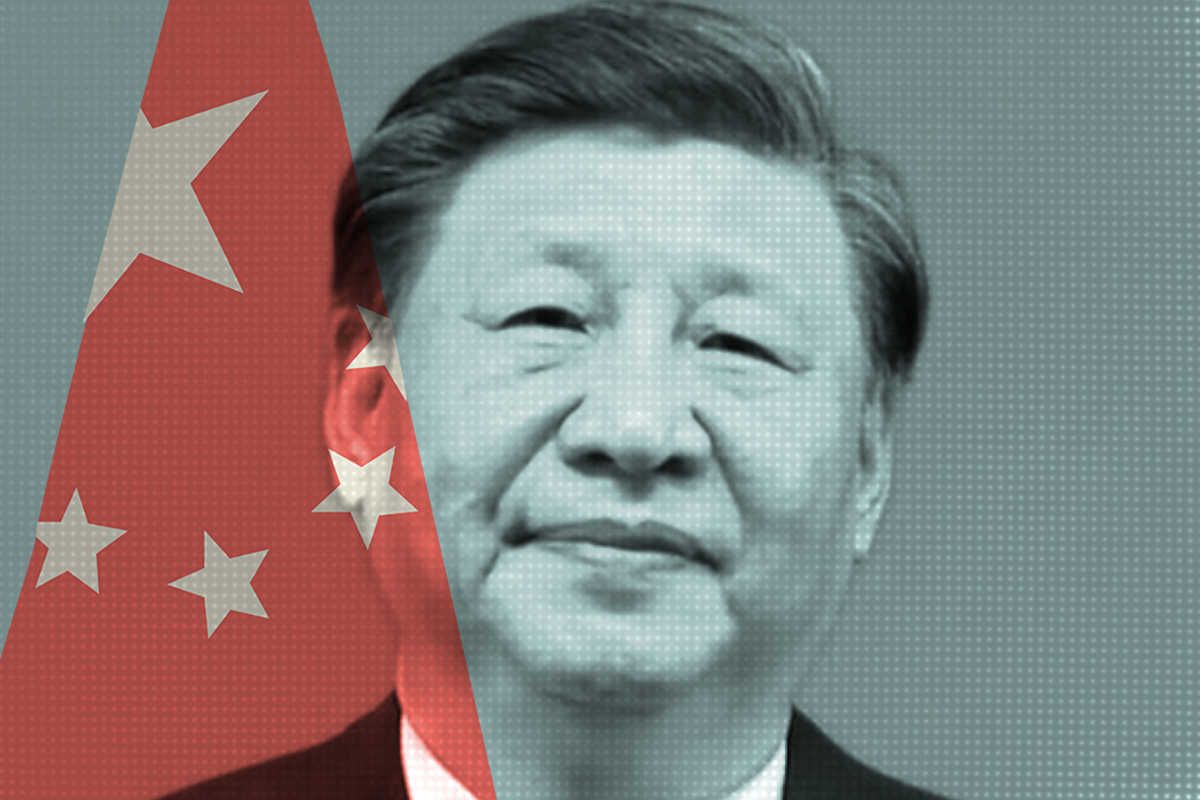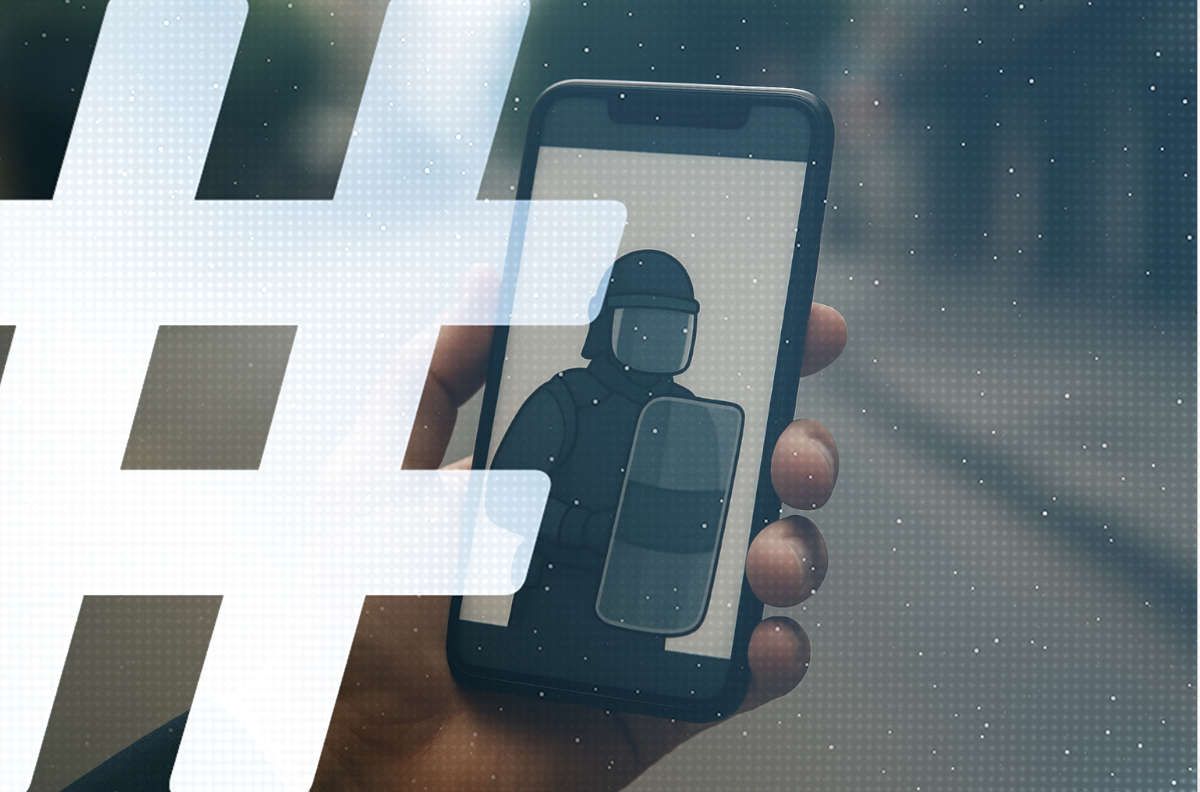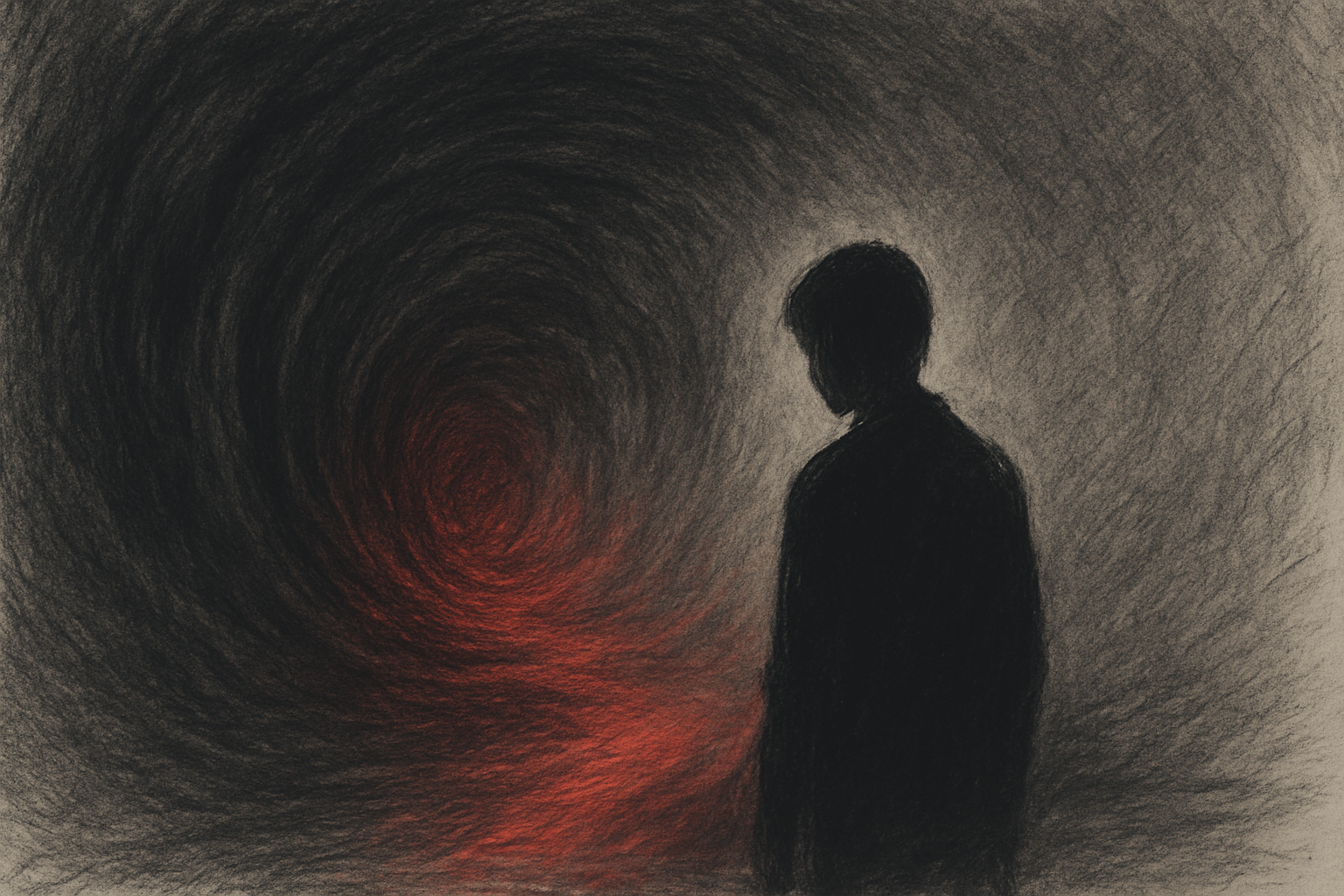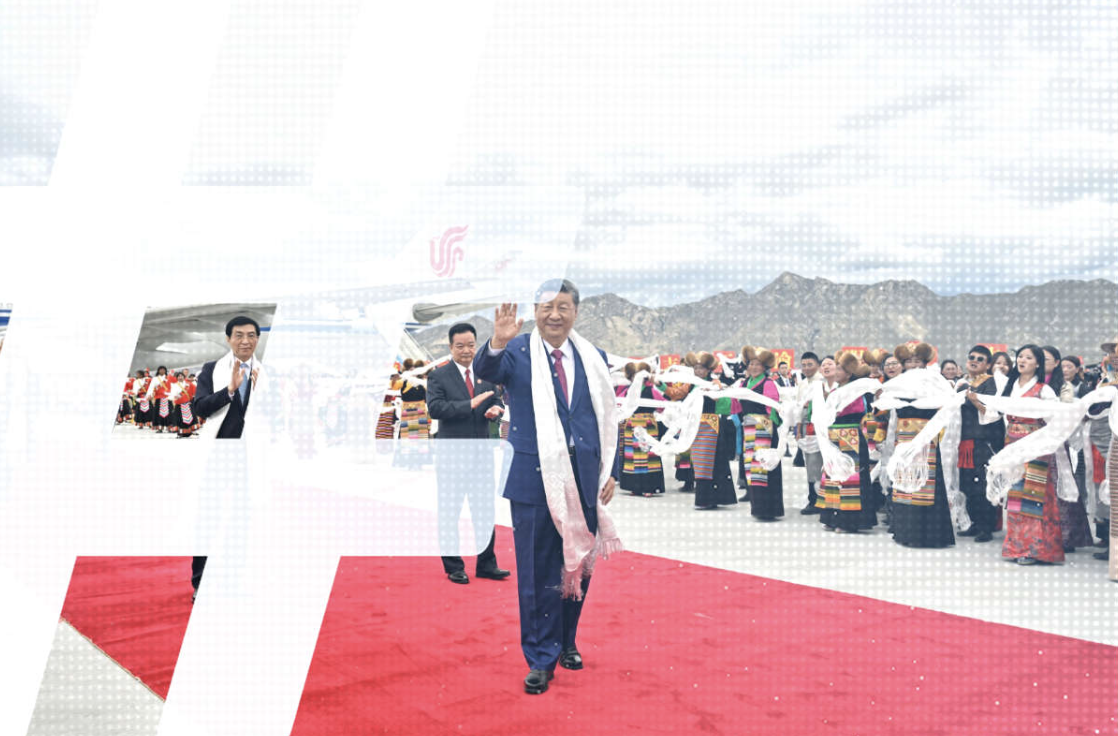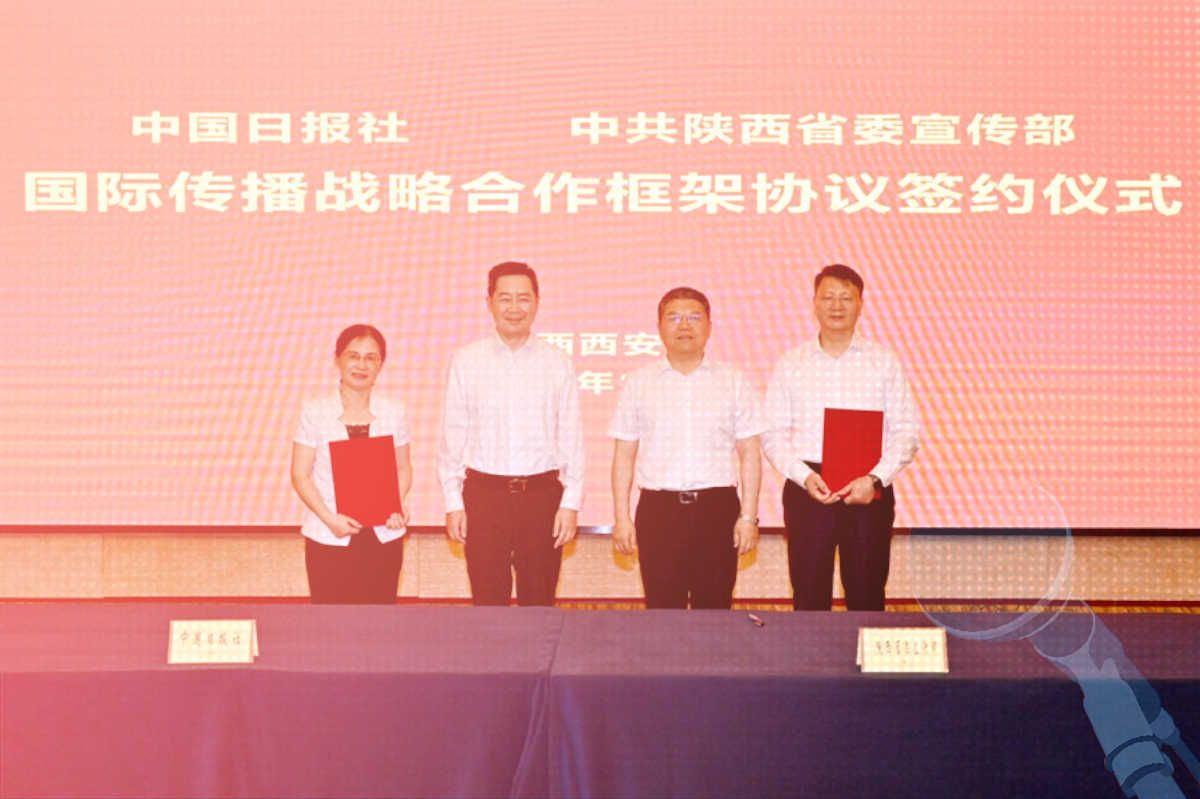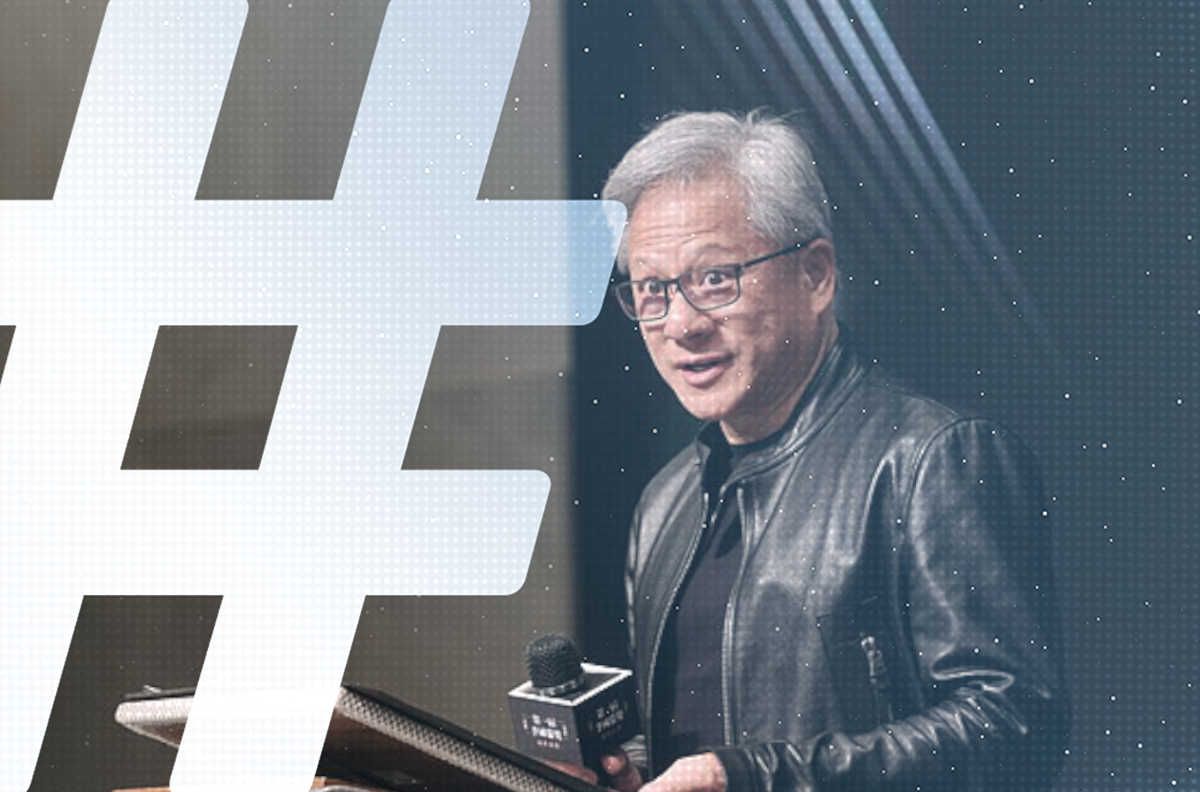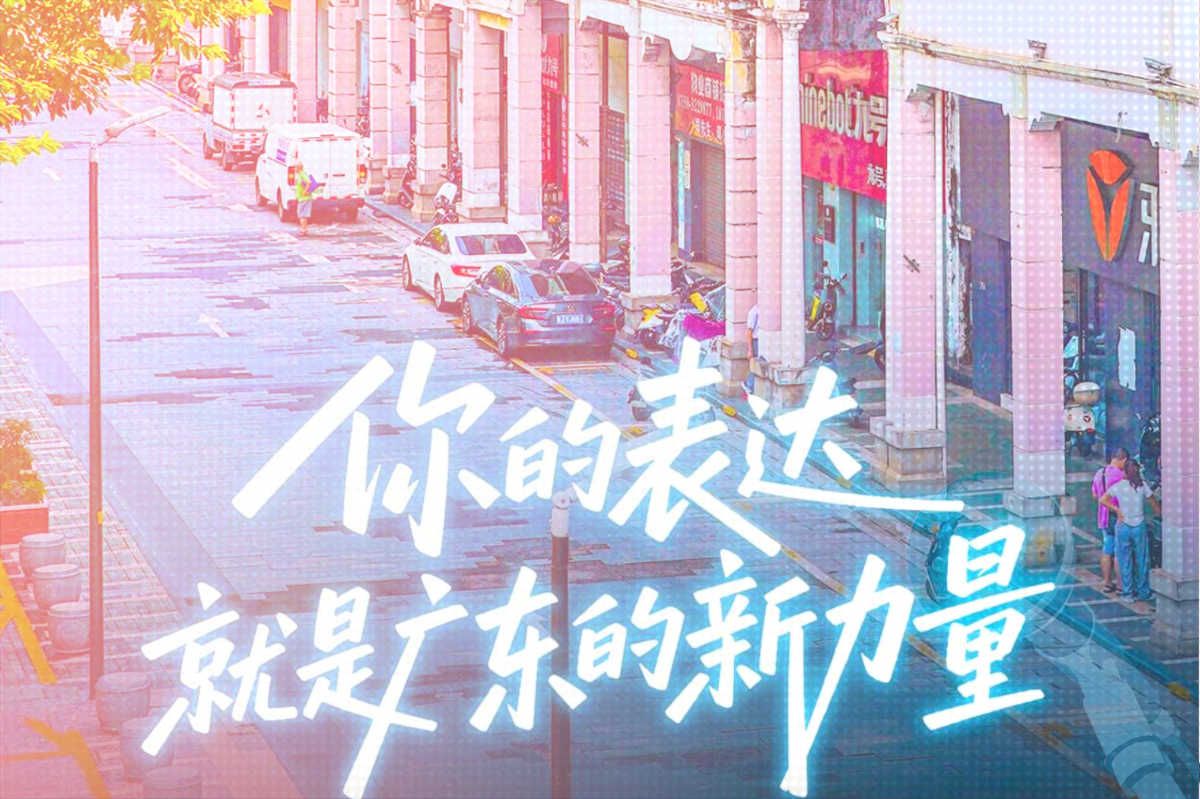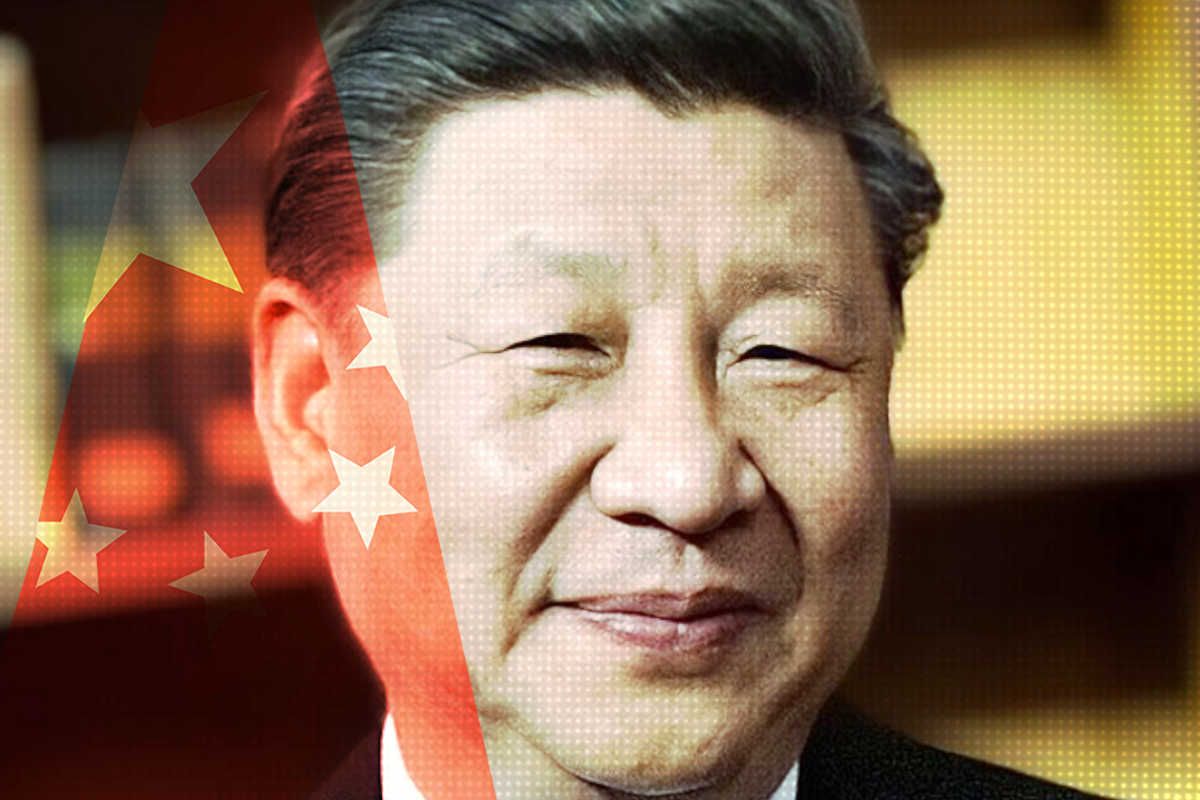
Government and private tech have teamed up to create the first AI-generated sci-fi short-video series in China. “Sanxingdui: Future Apocalypse,” released on July 8, imagines a world far in the future where characters travel back to the Bronze Age Sanxingdui (三星堆) civilization of southern China. The series consists of 12 three-minute clips — generated with human guidance, edited through Douyin’s “Jimeng AI” (即梦AI) algorithm, and then released on their short video platform. The company has already reported views of over 20 million.
The series combines the slickness of Douyin tech with the media know-how of the State Council’s National Radio and Television Administration (NRTA) and the Bona Film Group, one of China’s biggest production companies and a subsidiary of the state-owned mega-conglomerate Poly Group. At a press briefing, Bona executives explained how the Jimeng algorithm had generated video through the input of original images, responding to prompts on camera angles and movement speeds.
This production process is a convergence of trends that the Chinese Communist Party has been pushing forward for years to modernize the media. To look at the show is to look at some of the first sprouts of the Party’s long-term goals for communication.
Modernizing Messages
Since at least the “Three Closenesses” of the early 2000s, the Party has been saying that it needs to make its messaging more attractive to the masses. President Xi Jinping’s focus on a combination of virality and control is just the latest iteration of this. “Wherever the readers are, wherever the viewers are, that is where propaganda reports must extend their tentacles,” he told the People’s Liberation Army Daily in 2015, “and that is where we find the focal point and end point of propaganda and ideology work.”
Partnerships between private media companies and stuffy state institutions have helped breathe life into ideology. In 2023, “The Knockout,” released by iQIYI, managed to be a successful and gripping TV show about the mundane topic of grassroots corruption, produced in partnership with the Central Political and Legal Affairs Commission under the CCP Central Committee. “Sanxingdui: Future Apocalypse” is not even the first time Douyin, Bona, and the NRTA have teamed up on a project — they did so back in 2021 and 2022 for the “Battle at Lake Changjin” franchise, a tub-thumping war epic about Chinese soldiers fighting in the Korean War.
Then there is the content of this recent collaboration. In 2013, Xi Jinping urged cadres to adapt traditional Chinese cultural relics to modern realities — indeed, he said they had to “come alive” and be “promoted in a way people love to hear and see.” Since then, there have been multiple attempts across state media to bring traditional Chinese culture to life for contemporary audiences.
As for Sanxingdui, the Party has promoted education about the site ever since excavations began in 2021, as it is seen as a counterpoint to claims that southern China was simply colonized by Han people from the north — the People’s Daily credits the site with proving that “Chinese civilization” (中華文明) did not spring merely from the banks of the Yellow River. State media even set the relics to pop music back in 2021 in an attempt to raise their public profile.
Combining traditional Chinese culture with a forward-looking genre like sci-fi is a good way to bring the former up-to-date. Since 2020, the China Film Administration (CFA) has offered generous subsidies for domestic sci-fi productions through a series of initiatives. Merging the old and the new worked for author Hai Ya (海漄), who was awarded — under dubious circumstances — the Hugo Award for best novella earlier this year. His story centered on a Beijing cop who time-slips back to the Song dynasty, learning about a famous traditional painter in the process.
Harnessing AI
There’s no better way to combine sci-fi and cutting-edge modernity than with the hot topic of AI-generated video. In China, AI is both a byword for modernity and an official policy, with the government having set a progressive AI strategy back in 2017, gunning for technological breakthroughs and world firsts. This year, Premier Li Qiang announced the launch of the “AI+” policy at the annual Two Sessions, intended to integrate AI into all of China’s industries — media included.
Recently, others have also tried to position themselves at the intersection of traditional culture with AI and science fiction. Take China Media Group, for example, whose “China AI Festival” in Chengdu last May featured a trailer for a TV show about kungfu set in modern Shenzhen, giving prominent billing to the show’s AI-generated characters. At the same festival, Alibaba’s AI studio made the terracotta army literally come to life — as per Xi’s instructions — and break into a rap for state broadcaster CCTV.
“Sanxingdui: Future Apocalypse” will likely please the Party with its exclusive release on Douyin, embodying a push within state media to prioritize distribution via social media. Since 2014, Xi has made it clear that traditional media must integrate with emerging media to better reach audiences. Buzzwords such as “mobile first” (移动优先) started appearing in the late 2010s when officials noticed that the most effective channel to communicate with people was through social media apps. Years later, this has only become more pronounced: by 2022, 99.8 percent of Chinese could access the internet through smartphones, compared with 32 percent by laptop.
State media launched a coordinated campaign in the late 2010s to migrate to social media platforms, and have adapted their messaging to suit the medium, releasing short videos with cutesy aesthetics.
AI-generated content, however, still has a long way to go. The director at Bona’s AI-generation center told reporters that although AI sped up some parts of production, the algorithm tended to hallucinate. It struggled to maintain consistency between shots and accurately depict the human body in motion. It also couldn’t generate high-quality special effects, which had to be added in post-production. “The most difficult thing in real-life shooting happens to be the easiest thing for artificial intelligence, and the most difficult thing for artificial intelligence happens to be the easiest thing in real-life shooting,” she said.
But listing these problems is intended to help push the technology forward, not to dissuade others from using it. Since the very beginning of his leadership, Xi Jinping has been saying that traditional media and culture must be fused with modern technology. This is not just a futuristic show — it’s a taste of the media of tomorrow that the Party has been planning for at least a decade.

